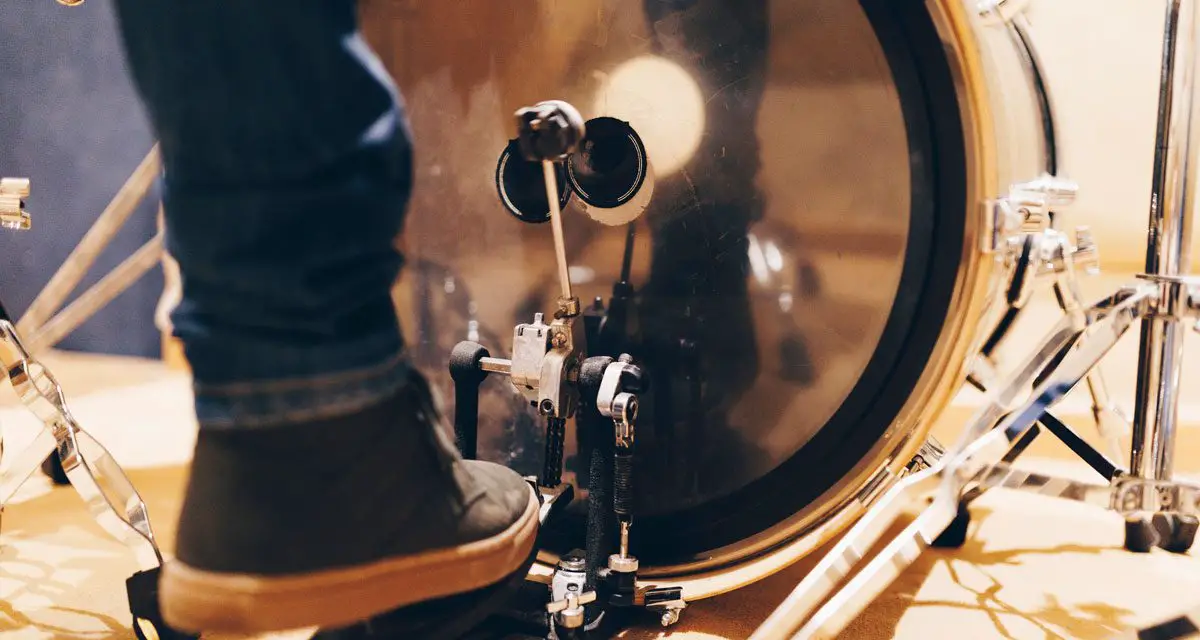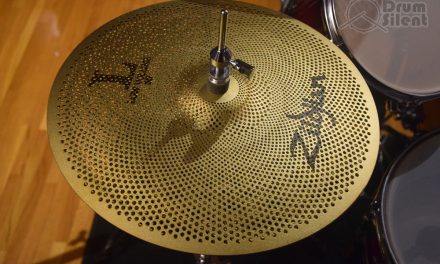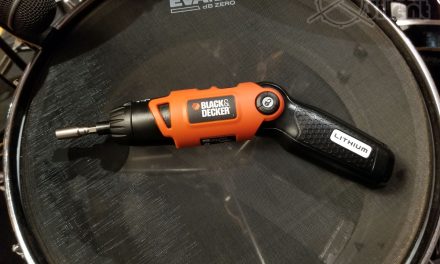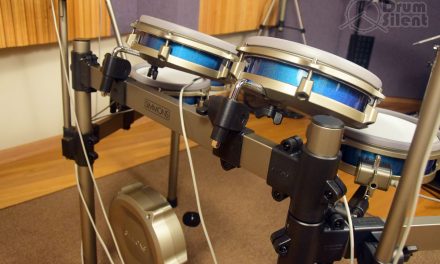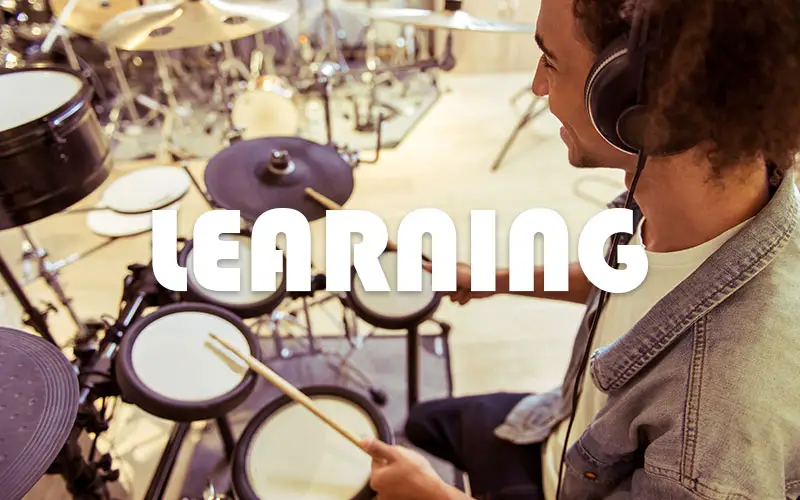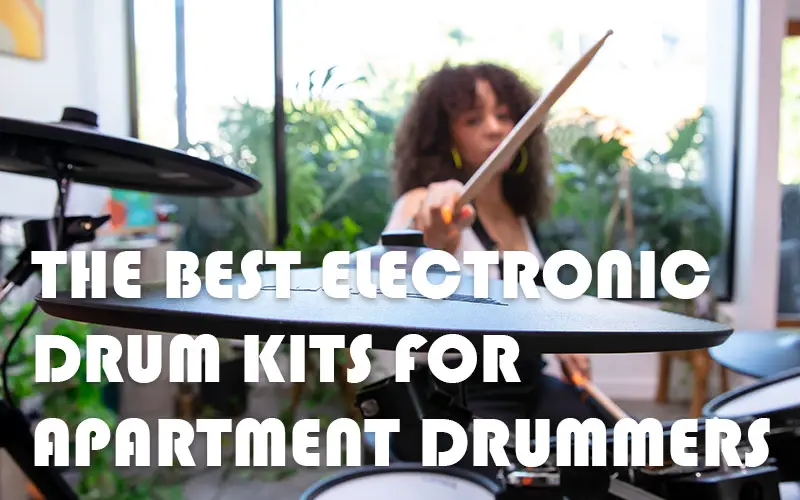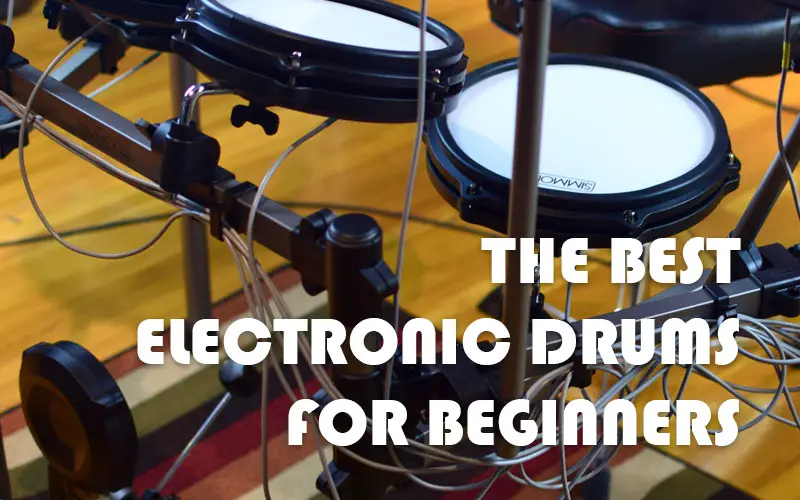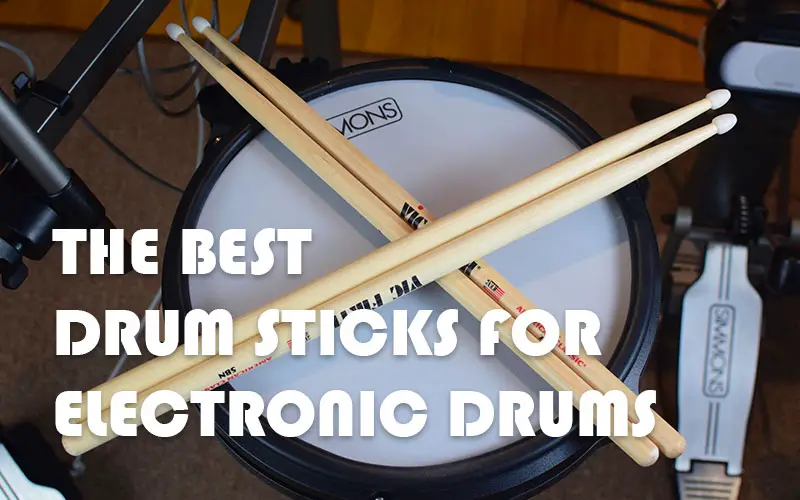A good bass drum pedal won’t necessarily make you a better drummer, practicing your techniques is what will make you a better drummer. However, a good bass drum pedal can compliment your style and technique and make it easier and more enjoyable to play the way you like to play.
Bass Drum Pedal Characteristics That Compliment Your Style
It’s usually the specific characteristics of a particular bass drum pedal that will make you feel like your getting a better experience behind the drum kit. And the useful characteristics of the pedal will vary from drummer to drummer depending on style of play and approach at the kit.
What do we mean by this? Some drummers might value a powerful pedal that can be played hard and loud. Some drummers might value a pedal that allows for quicker foot work and sliding techniques. Some drummers might prefer a lighter, more reactive pedal that feels like it moves right along with even the smallest foot movement. Some drummers might value a double pedal that has a direct and fast feel for doing fast double bass work or double strokes. Some drummers might value portability or an easy to haul pedal for gigging.
So what we’re getting at here is it’s always possible to find a pedal that is well suited for your approach at the drum kit. If the characteristics of the pedal you are using don’t match up with how you like to play you might feel like you are being held back at a certain point. At that point, you will most likely find that switching it up and getting a pedal that is more in line with your approach will make a difference.
Pedal Adjustability Can Make a Difference
The ability to tweak the feel and setup of a pedal can make a big difference for a lot of drummers. Many will find that just sitting down and tweaking the settings of your pedal can get it more in line with your play style. If your current pedal feels like it’s holding you back, it’s well worth it to start playing around with it’s adjustment settings before switching pedals and trying something else.
A good bass drum pedal will usually allow you to make enough adjustments so that any drummer can make it fit their preferred feel and style of play. Examples here are adjusting spring tension, beater angle, beater height and foot board height. Some pedals also allow you to tweak even more such as moving the foot board forward and back, changing the cam type, changing the chain or strap length, and stuff like that.
If your pedal doesn’t have many options for adjusting the feel, and you’re not able to dial in the feel you prefer, that might be an indicator that it’s time to go out looking for a better pedal. Upgrading will most likely make a difference for you in this situation.
Technique First, Upgrade Later
A good way to approach upgrading your bass drum pedal is to focus on working on your technique first, then upgrade your pedal later. If you’re working on heel-toe double bass drum techniques, for example, you can work on those techniques on pretty much any sufficient double bass pedal. Once you get the technique down and you start to feel like your pedal is truly holding you back, that’s a good time to upgrade, and that’s when you will really feel like the better pedal is going to make a difference. There’s no point in spending $1000 on a high-end direct drive double pedal, for example, when you don’t even have the techniques down to make full use of it’s capabilities.
So long story short, a good bass drum pedal can make a difference. At a minimum the ability to adjust the pedal to dial in a good feel is a must. But in terms of more advanced technique, if you don’t have the techniques down first, you might not be able to take advantage of what the better gear can truly be capable of.
If you’re looking to switch it up and get a different pedal, take a look at our bass drum pedal recommendations, we have a few difference categories and price levels that we organize our recommendations into for different types of drummers.

